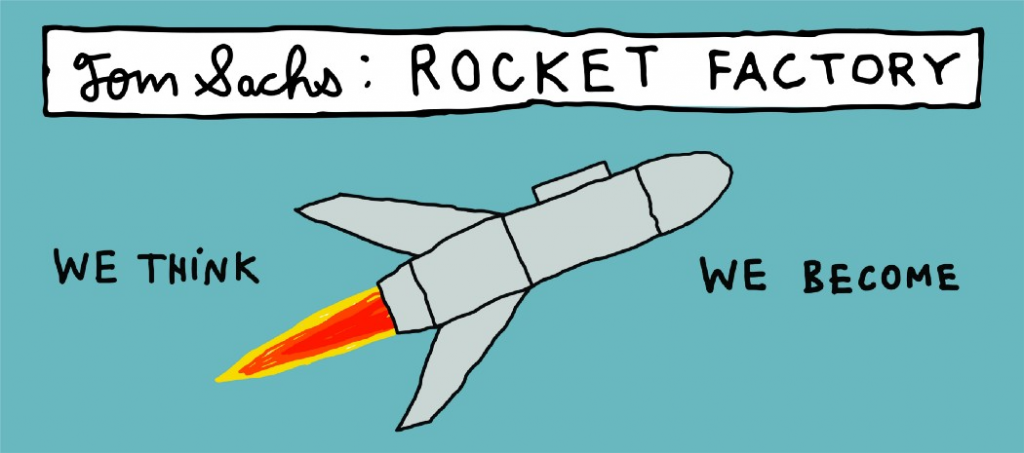Solana (SOL) is now one of the largest cryptocurrencies in terms of its value in the market. This is possible thanks to the growing interest that institutions are showing in the digital asset. SOL’s entry into the NFT family and into the world of DeFi has also contributed to this growth.
Progress of over 80%
With a high price to $ 93, the market capitalization of SOL reached approximately $ 26.86 billion which is the 9 th largest market capitalization of cryptomonnaies markets. According to data from Messari , SOL passes Polkadot’s $ 25.7 billion . As of this writing, cryptocurrency has hit a record high of $ 96 and has more than doubled since mid-August.
In a Telegram discussion with CoinDesk , crypto financial services firm Amber Group claimed that “institutional demand for SOL has increased in recent weeks .” In the process, remember that on Tuesday, Osprey Funds registered the Osprey Solana Trust with US regulators to give investors access to the SOL token.
Must Read: Ripple vs SEC lawsuit: What Ripple (XRP) plans to do
“In general, money has flowed to Ethereum alternatives like Solana, Cosmos, Luna and Avalanche,” says Amber Group . According to the company, the tokens of these smart contract platforms have each risen more than 80% against Ether (ETH) in the past 4 weeks. (Also Read: Elon Musk praised the success of Dogecoin developers)
Nothing will stop Solana (SOL)
Two weeks ago, after the launch of Degenerate Ape Academy , SOL received a strong offer. The start was excellent. Within 10 minutes, a collection of 10,000 unique cartoon monkey images was sold. This helped boost SOL’s value as buyers needed to acquire the cryptocurrency to be successful in their transaction.
Once people bought SOL and experienced the speed and low transaction costs, they became more optimistic, ”said Packy McCormick , author of the Not Boring newsletter , in a statement. recent essay titled Solana Summer.
In the coming months, continued growth in NFT could boost SOL’s development. According to Anber Group , “there is a supply crisis and an opacity in price discovery. The price bands are therefore wide ”.
In the field of decentralized finance (DeFi) and non-fungible tokens (NFT), many cryptocurrencies are gaining more and more popularity. This is the case of Solana (SOL) whose market capitalization allows it to climb into the top 10 cryptocurrencies. The development of this digital asset seems so certain that Noble said, “Other than a market crash, I don’t think anything is going to stop this coin” and he added: “Solana is probably going to be a great platform for DeFi. and NFTs ”.
Solana Price Prediction 2021, 2025, 2030 | SOL Price Forecast
Solana Past Price Analysis
According to the latest data gathered, the current price of Solana is $110.05 and SOL is currently ranked #8 in the entire crypto ecosystem. The circulation supply of Solana is 290,716,882 with a marketcap of $31,994,546,925.
In the past 24 hours, the crypto has been decreased by -7.62% in its current value. If we compare the current market cap of the SOL with yesterday’s, you can see that the market cap is also down.
From last 7 days the SOL was in good upward trend and increased by 57.25%. Solana has shown very strong potential lately and this could a be good opportunity to dig right in and invest.
However, after the comparing the current price with past 30 days price history, it is observed that Solana has increased 70.042% in its value. The average minimum price for the month is $27.97 while maximum average price was $32.97. this implies that this coin is a suitable asset and a new addition to your portfolio of coins for long term.
The 90 days price change is around 62.91% and the price circulated from a minimum average price of $34.69 to maximum average price of $43.63 in the past 90 days.
In Last 4 months Solana has shown a growing trend. Thus, we think that similar parts of the market were quite popular at that period. According to the latest data collected, the trading volume of Solana is increased from 4 months. The trading volume constitutes a vital role in its price.
The coin is up by 79.61% with the maximum average price of the coin was around $13.68 and the minimum average price of was around $12.58 in past 4 months.
Solana (SOL) Price Prediction/Forecast for 2021, 2022, 2023, 2024, 2025 and 2030
At Citytelegraph we predict future Solana price predictions/SOL forecast by applying deep artificial intelligence-assisted technical Analysis on the past price data of Solana. We do our best to collect maximum historical data for the SOL coin which include multiple parameters like past price, Solana marketcap, Solana volume and few more. If you are looking to invest in digital cryptocurrencies and want good return on your investments, make sure to read our predictions.
Solana Price Prediction 2021
According to our deep technical analysis on past price data of SOL, In 2021 the price of Solana is predicted to reach at a minimum level of $119.75. The SOL price can reach a maximum level of $132.31 with the average trading price of $124.21.
Solana Price Prediction 2022
The price of Solana is predicted to reach at a minimum level of $180.84 in 2022. The Solana price can reach a maximum level of $210.24 with the average price of $185.81 throughout 2022.
SOL Price Forecast for 2023-2024
As per the forecast price and technical analysis, In 2023 the price of Solana is predicted to reach at a minimum level of $271.37. The SOL price can reach a maximum level of $309.54 with the average trading price of $280.66.
The price of 1 Solana is expected to reach at a minimum level of $393.74 in 2024. The SOL price can reach a maximum level of $470.32 with the average price of $407.77 throughout 2024.
Solana Price Prediction 2025
Solana price is forecast to reach a lowest possible level of $555.02 in 2025. As per our findings, the SOL price could reach a maximum possible level of $673.84 with the average forecast price of $575.41.
Solana Price Prediction 2026
According to our deep technical analysis on past price data of SOL, In 2026 the price of Solana is forecasted to be at around a minimum value of $854.62. The Solana price value can reach a maximum of $985.10 with the average trading value of $877.64 in USD.
Solana (SOL) Price Prediction 2027
The price of Solana is predicted to reach at a minimum value of $1,252.52 in 2027. The Solana price could reach a maximum value of $1,509.09 with the average trading price of $1,287.62 throughout 2027.
Solana Price Prediction/Forecast 2028
As per the forecast and technical analysis, In 2028 the price of Solana is expected to reach at a minimum price value of $1,806.58. The SOL price can reach a maximum price value of $2,166.13 with the average value of $1,870.96.
Solana (SOL) Price Prediction 2029
The price of Solana is predicted to reach at a minimum value of $2,696.51 in 2029. The Solana price could reach a maximum value of $3,124.99 with the average trading price of $2,771.35 throughout 2029.
Solana Price Prediction 2030
Solana price is forecast to reach a lowest possible level of $3,772.15 in 2030. As per our findings, the SOL price could reach a maximum possible level of $4,586.83 with the average forecast price of $3,910.72.
















